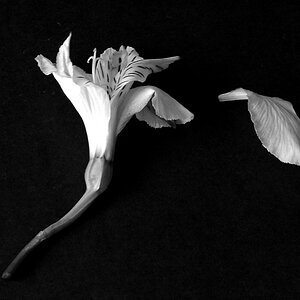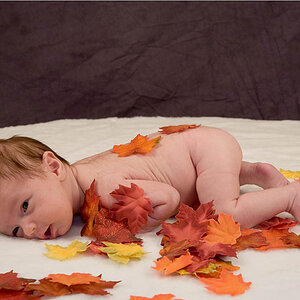This is awesome, I have a 1920s Kodak folder I would love to run a roll of film through but the bellows is cracked. Since I only paid $6 for the camera I figure I can risk destroying its value by using electrical tape to fix it.
You're also looking at the person who recently used liquid electrical tape on a Leica IIIa shutter to fix some pinholes and make it usable again.
One must keep one's repairs tasteful.













![[No title]](/data/xfmg/thumbnail/31/31012-f5e0c7cdea2f2c3e44737e3f61c2461a.jpg?1619734567)

![[No title]](/data/xfmg/thumbnail/39/39187-9ec2507d9e5ef2843f7f00127c7abb4c.jpg?1619738905)

![[No title]](/data/xfmg/thumbnail/39/39185-29433e4f46e4b0bd394d10962886594c.jpg?1619738904)